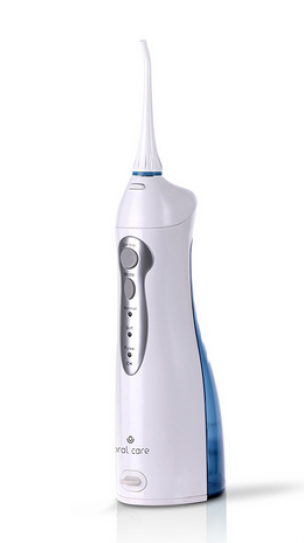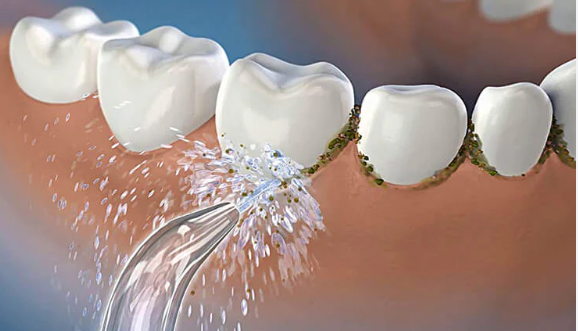Ever stood in front of your bathroom mirror, guiltily promising yourself that tomorrow will be the day you finally start flossing regularly? You're not alone. While traditional string flossing remains a dental care staple, water flossing has emerged as a game-changing alternative that might just transform your oral hygiene routine.
What Exactly Is Water Flossing?


Water flossing, also known as water picking, uses a specialized device that shoots a targeted stream of pressurized water between your teeth and along your gumline. Think of it as power-washing for your mouth, but gentler and more precise. The pulsating water stream dislodges food particles, plaque, and bacteria from places your toothbrush can't reach.
The Science-Backed Benefits
Research has consistently shown that water flossing can be remarkably effective. Studies indicate that water flossers can reduce gingival bleeding by up to 93% and are up to 29% more effective at removing plaque than traditional string floss. For people with braces, implants, or bridges, water flossers have proven particularly valuable, reaching spots that would otherwise be nearly impossible to clean.
Beyond Basic Cleaning
What makes water flossing truly fascinating is its versatility. Many models offer different pressure settings and specialized tips for various needs:
- Orthodontic tips for braces
- Periodontal tips for deeper gum pockets
- Plaque-seeking tips with special bristles
- Tongue-cleaning attachments for fresher breath
The ability to add mouthwash to the water reservoir means you can enhance your cleaning routine with antiseptic or fluoride solutions, maximizing the benefits of each session.
Making the Switch: What to Expect
First-time users often report a slight learning curve – expect some initial splashing as you master the technique. Start with lower pressure settings and work your way up. The best part? Most people find water flossing more comfortable and less intimidating than traditional flossing, making it easier to maintain a daily routine.
The Environmental Angle
While water flossers do use electricity and water, they can be more environmentally friendly than traditional floss in the long run. Consider this: traditional dental floss is typically made from nylon, a non-biodegradable material, and comes in plastic packaging. A water flosser, while requiring an initial investment, reduces this ongoing plastic waste.
Is It Worth the Investment?
Quality water flossers typically range from $50 to $100. While this might seem steep compared to a $2 pack of dental floss, consider it an investment in your oral health. Regular use could mean fewer dental issues down the line, potentially saving you hundreds in dental work.
The Bottom Line
Water flossing isn't just another bathroom gadget – it's a scientifically proven tool that can significantly improve your oral health. While it shouldn't completely replace brushing, it's an excellent addition to your daily routine, especially if you've struggled with traditional flossing in the past.
Remember, the best oral hygiene routine is one you'll actually stick to. If water flossing helps you maintain regular dental care, that initial investment could be one of the best decisions you make for your smile.
